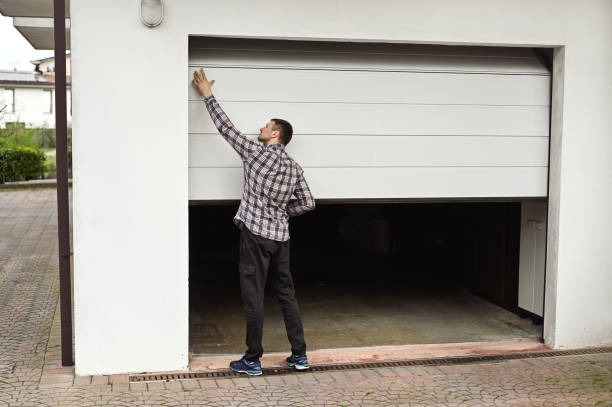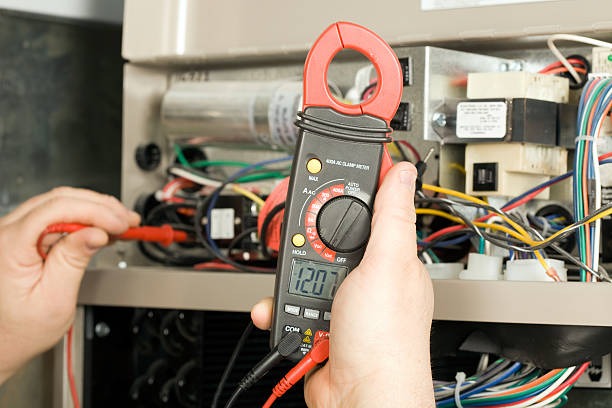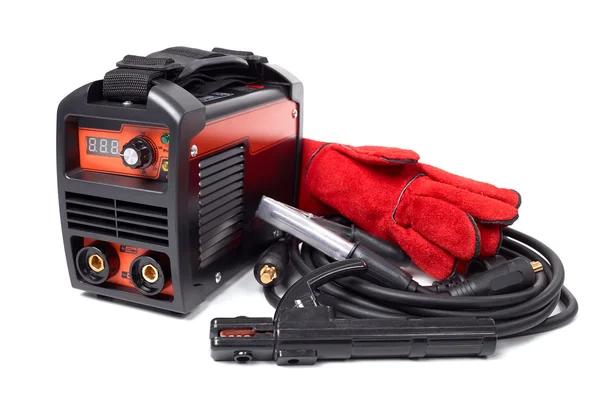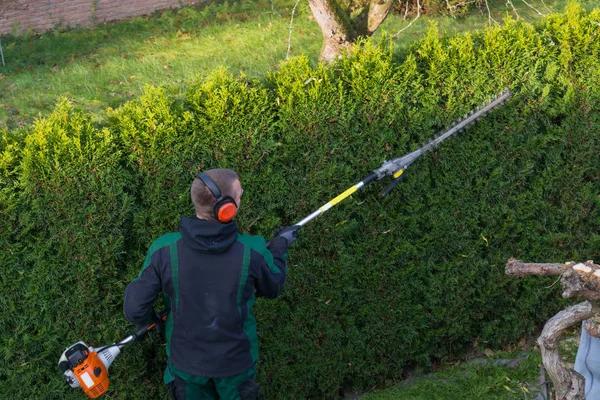Garage door openers are essential components of modern homes, providing convenience and security. They come in various types, each with its unique characteristics and maintenance requirements. Understanding these different types can help homeowners choose the best option for their needs and ensure they remain functional for a long time.
The most common type of garage door opener is the chain drive opener. This uses a chain to pull or push a trolley that moves the door up and down. Chain drives are known for their durability and long-lasting performance but can be quite noisy, making them less suitable for homes where the garage is attached to living spaces.
Next on explore the full story belt drive opener which operates similarly to chain drives but uses a rubber belt instead of a chain. Belt drive openers are much quieter than their chain counterparts, making them ideal for residential garages adjacent to living areas. However, they tend to be more expensive.
Screw drive openers use a threaded steel rod to move the trolley that opens and closes your garage door. These units have fewer moving parts, which means less maintenance over time. However, screw drive models may not perform as well in regions with large temperature swings because metal tends to expand and contract with temperature changes.
Finally, there’s the jackshaft opener – mounted on your garage wall next to the door instead of at ceiling level like traditional models. Jackshaft openers free up ceiling space if storage is an issue in your garage but tend to cost more than other types.
Regardless of what type you own or plan on purchasing, regular care should be taken into account for all garage door openers’ longevity.
Firstly it’s important always keep an eye out (and ear) for unusual noises or movements when opening or closing your garage doors as this could indicate potential problems such as loose hardware or worn-out parts that need replacing.
Regular lubrication helps ensure smooth operation by reducing friction between moving parts; silicone-based lubricants are recommended for this purpose. It’s also important to keep the tracks clean and free from debris which can cause obstruction.
Lastly, it is crucial to perform a balance test on your garage door at least once a year. This involves disengaging the opener and manually moving the door up halfway. If it doesn’t stay in place, it may be unbalanced, putting unnecessary strain on your opener.
In conclusion, understanding the different types of garage door openers and their maintenance requirements can help homeowners make informed decisions about which model to purchase and how to care for them properly. Regular maintenance not only prolongs the life of your garage door opener but also ensures its safe operation.










